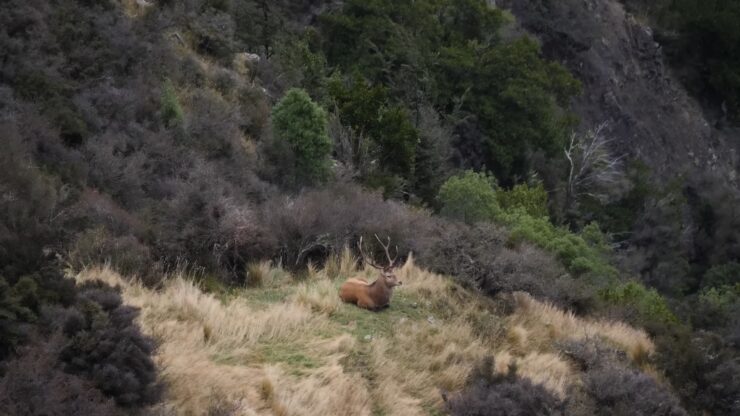Public lands offer opportunities for hunting big bucks. Key strategies include identifying prime spots, effective scouting, and minimizing human disturbance. Success requires consistency, patience, and dedication.
Prime Habitats
Public lands offer diverse habitats for big bucks. Key areas include heavy cover, steep terrains, and spots near human activity but not frequently hunted. These areas provide security for mature bucks, making them prime locations for hunting.
Cattail Sloughs
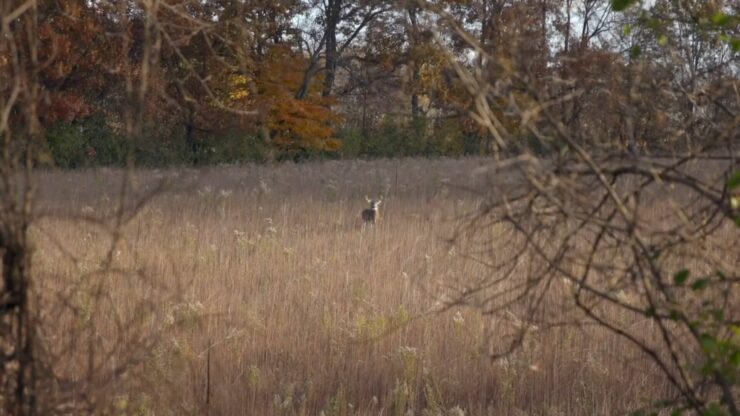
Cattail sloughs are wetlands filled with cattail plants. They provide thick cover and are often used by bucks for bedding. In regions like North Dakota, hunters find bucks using cattail sloughs for bedding.
To hunt these areas, glass from a distance during the early season to identify patterns. Note where bucks enter and exit the sloughs. When the wind is favorable, move in for a ground hunt. During the rut, hunt along the downwind edge or use rattling to draw bucks out.
Thickets
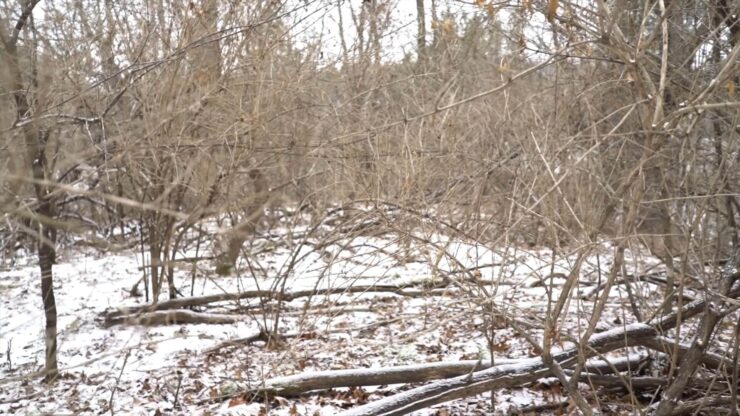
Thickets are dense areas of vegetation, often composed of shrubs and small trees. They offer excellent security and escape routes for big bucks. In timbered habitats, identifying thickets requires spring scouting. On prairies, use mapping apps to locate these areas.
Hunt from an elevated position on the downwind edge in timber. For isolated thickets, scout from a distance early in the season and hunt actively from the ground during the rut. Thickets near roadways and parking lots often get overlooked, offering great opportunities.
Switchgrass
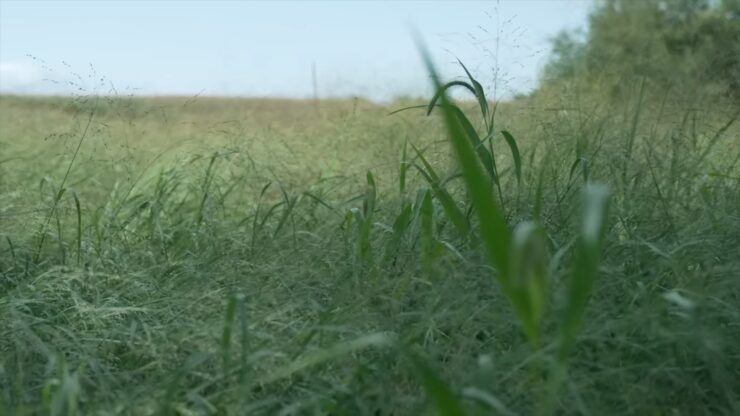
Switchgrass fields are tall, dense grasslands that provide cover for wildlife, including bucks. These fields often border timber or shelterbelts. Hunt the edges with the wind blowing away from the grass to avoid detection.
Elevated stands provide better visibility and shooting lanes. Rattling and grunting during the pre-rut can draw bucks out. During the rut, bucks may escort does into the switchgrass. Hunting from a saddle allows flexibility in tree selection.
Cedar Draws
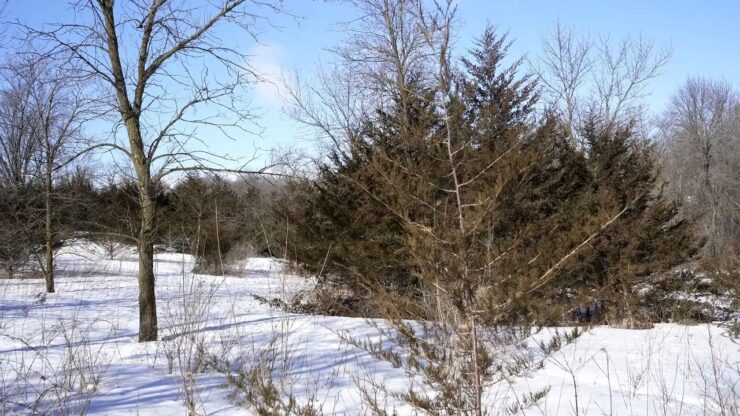
Cedar draws are natural depressions or valleys filled with cedar trees. They offer excellent cover and security for bucks. Use mapping apps to identify cedar draws in prairie habitats.
Approach the downwind edges carefully, treating each draw as if it holds deer. Stationary ambushes near common trail intersections can be effective. Bucks feel safe in cedar draws, making daylight movement more likely.
Natural Barriers
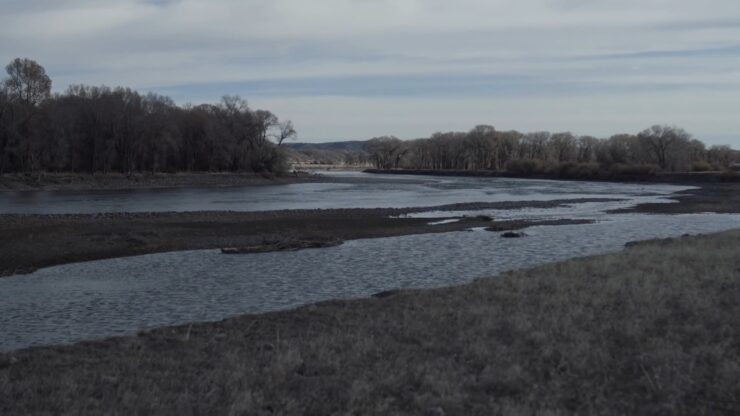
Natural barriers like swamps, rivers, and thick brush serve as effective cover. Bucks use these areas to avoid predators, including hunters. Position yourself near these barriers to increase the likelihood of encountering a mature buck. Use the natural landscape to your advantage.
Covering Distances
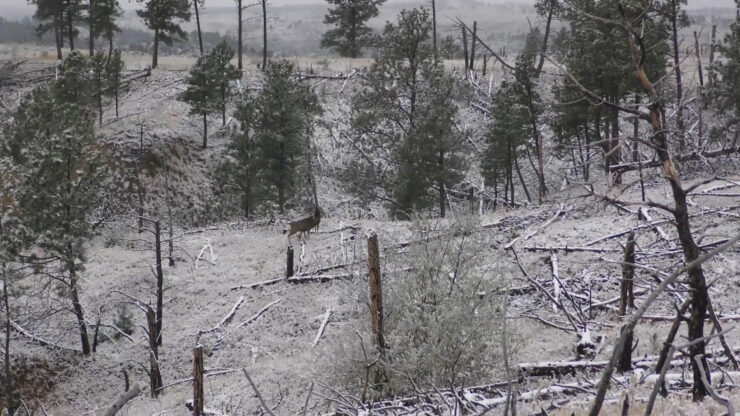
Hunters should cover significant distances. Bucks often inhabit areas far from access points to avoid human activity. Hunting several miles from the nearest road can increase the chances of encountering a big buck. The effort required to reach remote areas often deters other hunters, reducing pressure on the deer.
Why Public Lands Are a Hunter’s Best Option
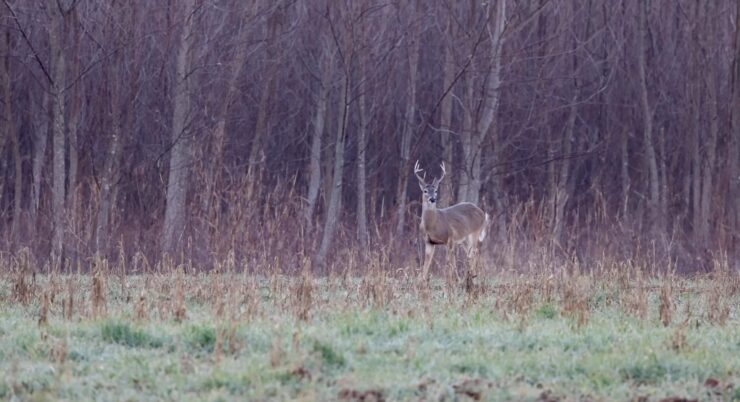
Public land provides hunters with a huge variety of accessible areas to hunt without all the red tape and high costs of private property. Places like national forests and wildlife refuges give us millions of acres nationwide to pursue deer, elk, birds, and other game.
While anyone can pay to lease private land, public lands are a way for folks of all income levels to get out there. For younger or lower-income hunters especially, they may be the only option. And it’s not just about the money – public land regulations aim to maintain healthy populations of wildlife for future generations too.
Of course, the big draw is that these lands often harbor great habitats for many species. Through controlled burns and other management, food and shelter can be optimized for wildlife like whitetail deer.
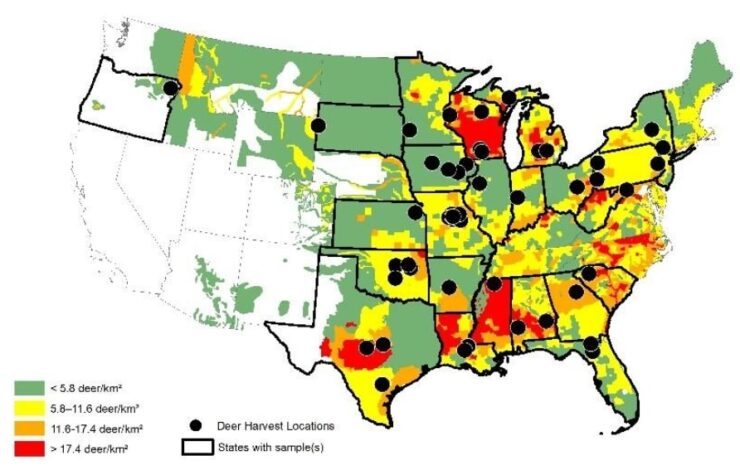
But There Are Some Challenges
While public land opens up tons of areas for hunting, it doesn’t come without some drawbacks. High hunting pressure is a major issue, especially near roads and population centers. These places see a lot of boots in the woods that can push wary bucks further back. Finding mature deer ready for your tag gets tougher in high traffic spots.
Another factor is that management styles vary between properties. Where some areas get good funding and planning to help deer and habitat, others might be under-supported and make poorer decisions that hurt the hunting. While public land is cheaper than leasing privately, the conditions can be hit or miss depending on the location.
Key Strategies for Tagging Bucks on Public Lands
Scout hard – Use maps, cameras and boots on the ground to find where deer are feeding, bedding and rutting. The more time spent scouting, the better your odds of success when season opens.
Know their ways – Big boys have habits for a reason. Learning travel routes and behaviors like how buck interactions change during breeding season pays off.
Hunt the edges – Transition zones where cover types meet give deer access to food, water and shelter all close by, making them hotspots worth focusing on.
Go deeper than others – While pressure near access points can push deer back, hauling your butt farther in pays when you find less hunted terrain holding healthy numbers.
Time it right – Factors like daylight, weather, and moon phase impact deer movements daily and yearly. Tuning your sit times based on these natural rhythms ups your chances of encountering a shooter buck.
Last Words
In conclusion, while public lands can indeed be some of the best places to hunt big bucks, they require a proactive approach to overcome challenges such as high hunting pressure and variable management practices. With the right strategies and a deep understanding of deer behavior, hunters can find success in these public domains.

